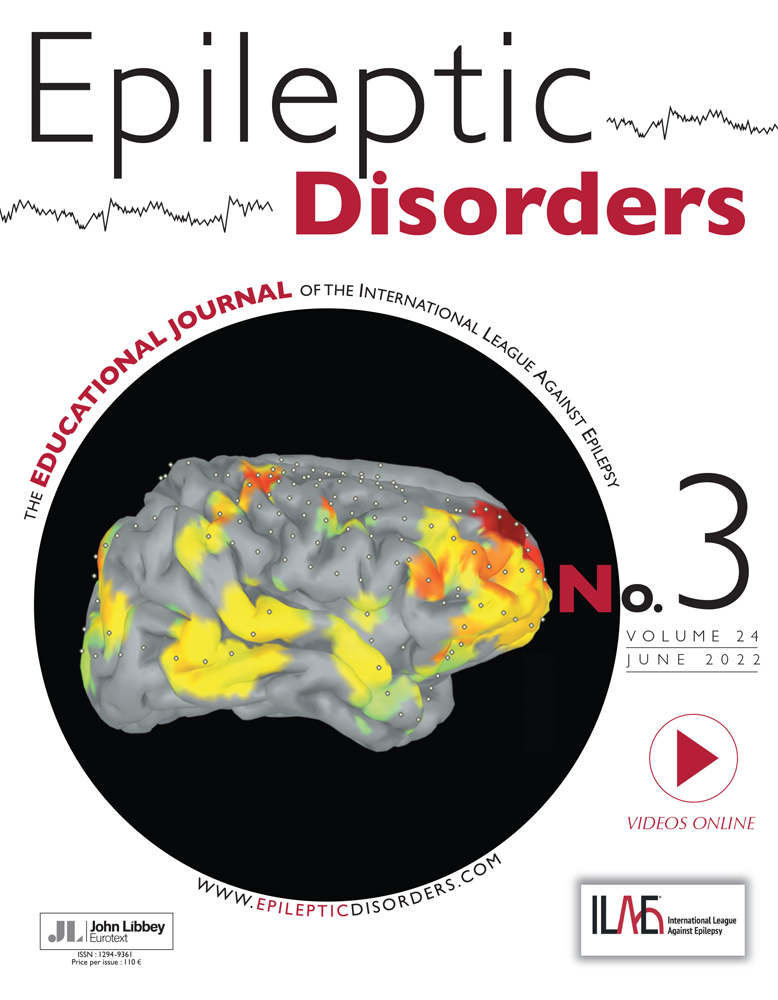Nanotechnology may provide hope for patients with glucose transporter type 1 deficiency syndrome
Corresponding Author
Ali A. Asadi-Pooya
Epilepsy Research Center, Shiraz University of Medical Sciences, Shiraz, Iran
Jefferson Comprehensive Epilepsy Center, Department of Neurology, Thomas Jefferson University, Philadelphia, PA, USA
Correspondence: Ali A. Asadi-Pooya Epilepsy Research Center, Shiraz University of Medical Sciences, Shiraz, Iran <[email protected]>Search for more papers by this authorEsmaeil Mirzaei
Department of Medical Nanotechnology, School of Advanced Medical Sciences and Technologies, Shiraz University of Medical Sciences, Shiraz, Iran
Search for more papers by this authorCorresponding Author
Ali A. Asadi-Pooya
Epilepsy Research Center, Shiraz University of Medical Sciences, Shiraz, Iran
Jefferson Comprehensive Epilepsy Center, Department of Neurology, Thomas Jefferson University, Philadelphia, PA, USA
Correspondence: Ali A. Asadi-Pooya Epilepsy Research Center, Shiraz University of Medical Sciences, Shiraz, Iran <[email protected]>Search for more papers by this authorEsmaeil Mirzaei
Department of Medical Nanotechnology, School of Advanced Medical Sciences and Technologies, Shiraz University of Medical Sciences, Shiraz, Iran
Search for more papers by this author
References
- 1Klepper J, Akman C, Armeno M, Auvin S, Cervenka M, Cross HJ, et al. Glut1 deficiency syndrome (Glut1DS): state of the art in 2020 and recommendations of the international Glut1DS study group. Epilepsia Open 2020; 5: 354–65.
- 2Larsen J, Johannesen KM, Ek J, Tang S, Marini C, Blichfeldt S, et al. The role of SLC2A1 mutations in myoclonic astatic epilepsy and absence epilepsy, and the estimated frequency of GLUT1 deficiency syndrome. Epilepsia 2015; 56: e203–8.
- 3Coman DJ, Sinclair KG, Burke CJ, Appleton DB, Pelekanos JT, O'Neil CM, et al. Seizures, ataxia, developmental delay and the general paediatrician: glucose transporter 1 deficiency syndrome. J Paediatr Child Health 2006; 42: 263–7.
- 4Schwantje M, Verhagen LM, van Hasselt PM, Fuchs SA. Glucose transporter type 1 deficiency syndrome and the ketogenic diet. J Inherit Metab Dis 2020; 43: 216–22.
- 5Romão Luz I, Pereira C, Garcia P, Ferreira F, Faria A, Macedo C, et al. Ketogenic diet for refractory childhood epilepsy: beyond seizures control, the experience of a portuguese pediatric centre. Acta Med Port 2019; 32: 760–6.
- 6Braddock M. Nanomedicines: design, delivery and detection. Cambridge: Royal Society of Chemistry, 2016.
10.1039/9781782622536 Google Scholar
- 7Ge Y, Li S, Wang S, Moore R. Nanomedicine: principles and perspectives. New York: Springer, 2014.
10.1007/978-1-4614-2140-5 Google Scholar
- 8Furtado D, Björnmalm M, Ayton S, Bush AI, Kempe K, Caruso F. Overcoming the blood-brain barrier: the role of nanomaterials in treating neurological diseases. Adv Mater 2018; 30: e1801362.
- 9Posadas I, Monteagudo S, Ceña V. Nanoparticles for brain-specific drug and genetic material delivery, imaging and diagnosis. Nanomedicine (Lond) 2016; 11: 833–49.
- 10Vieira DB, Gamarra LF. Getting into the brain: liposome-based strategies for effective drug delivery across the blood-brain barrier. Int J Nanomedicine 2016; 11: 5381–414.




